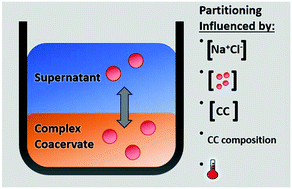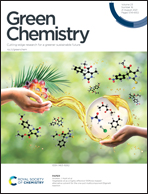Complex coacervates as extraction media
Abstract
Various solvents such as ionic liquids, deep eutectic solvents, and aqueous two phase systems have been suggested as greener alternatives to existing extraction processes. We propose to add macroscopic complex coacervates to this list. Complex coacervates are liquid-like forms of polyion condensates and consist of a complex of oppositely charged polyions and water. Previous research focussing on the biological significance of these polyion-rich phases has shown that polyion condensates have the ability to extract certain solutes from water and back-extract them by changing parameters such as ionic strength and pH. In this study, we present the distribution coefficients of five commonly used industrial chemicals, namely lactic acid, butanol, and three types of lipase enzymes in poly(ethylenimine)/poly(acrylic acid) complex coacervates. It was found that the distribution coefficients can vary strongly upon variation of tunable parameters such as polyion ratio, ionic strength, polyion and compound concentrations, and temperature. Distribution coefficients ranged from approximately 2 to 50 depending on the tuning of the system parameters. It was also demonstrated that a temperature-swing extraction is possible, with back-extraction of butanol from complex coacervates with a recovery of 21.1%, demonstrating their potential as extraction media.



 Please wait while we load your content...
Please wait while we load your content...